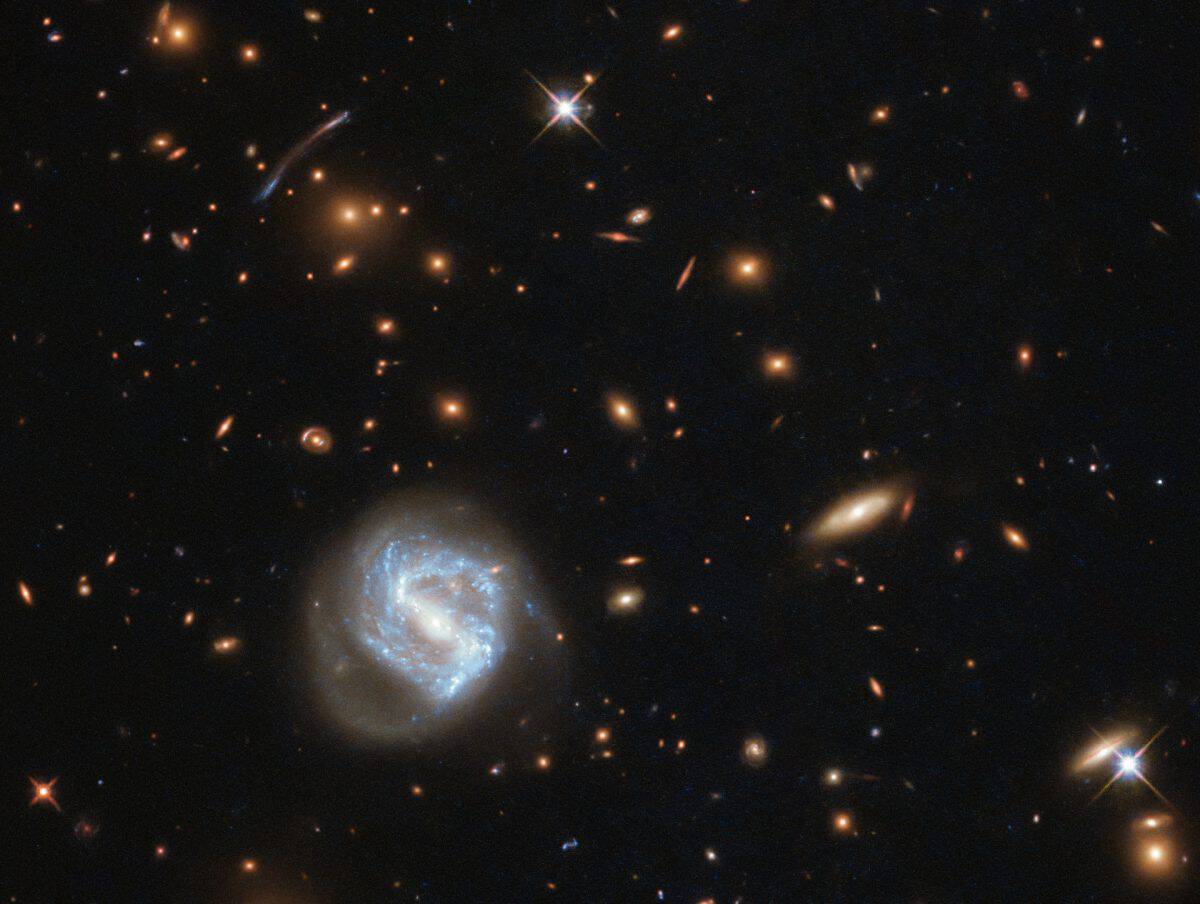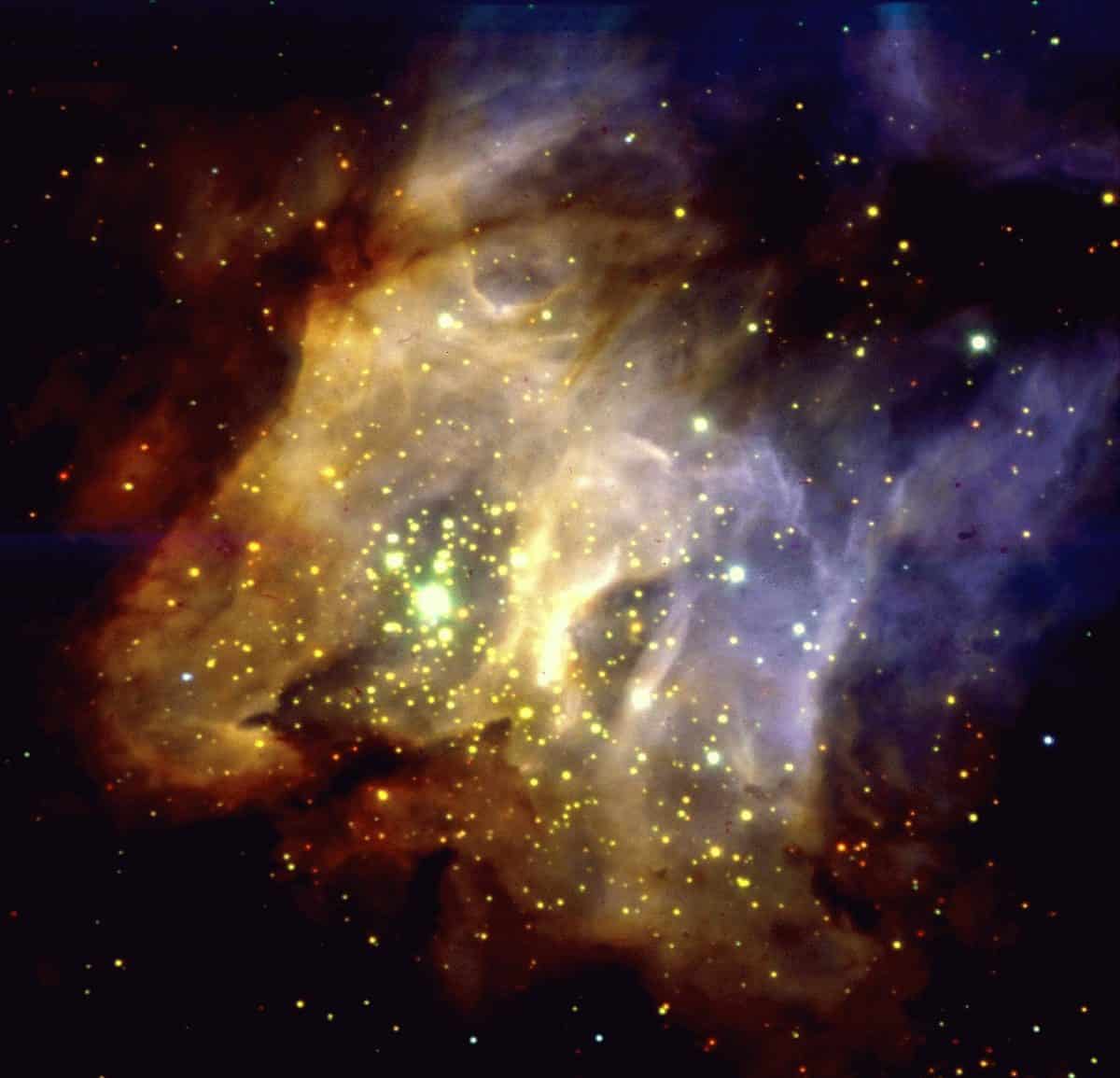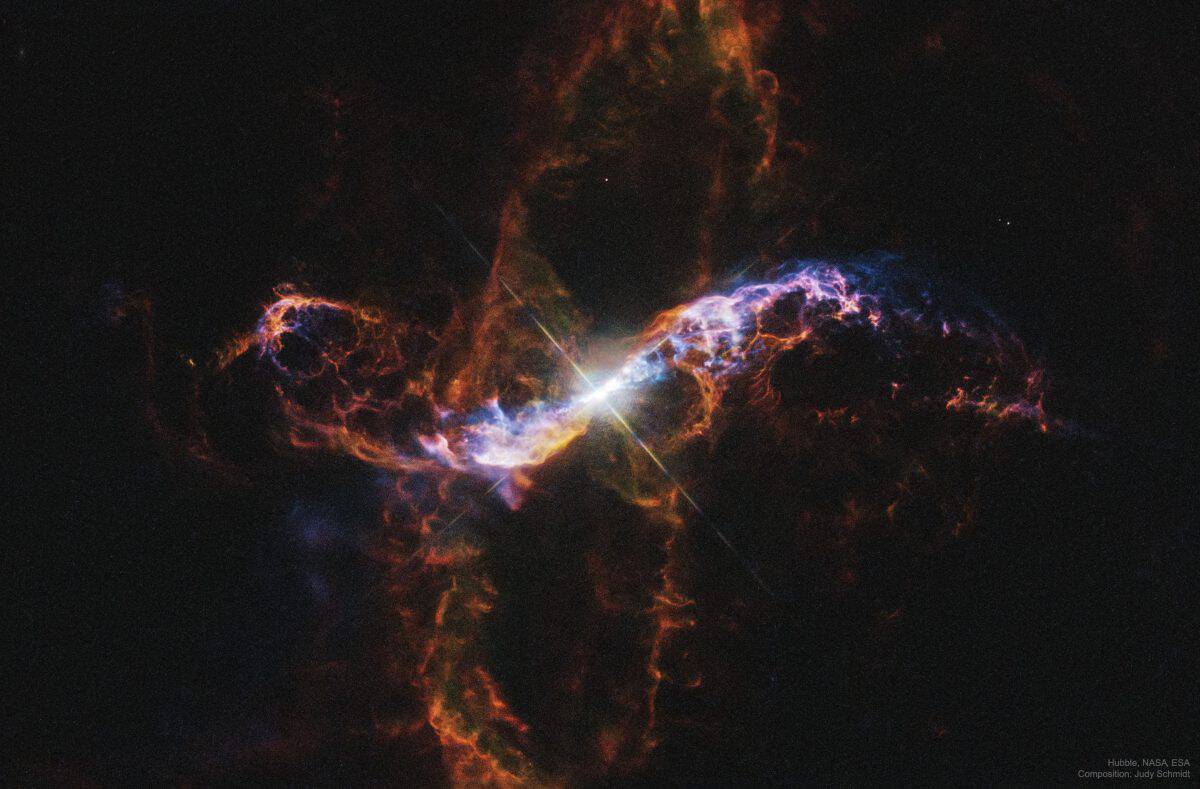Blog
Sadik Hakim (born Argonne Thornton on July 15, 1919 in Duluth, Minnesota – June 20, 1983, New York City) was an American jazz pianist and composer.
Thornton was taught piano by his grandfather and started playing professionally about 1939. In 1944 he moved to New York City and was hired by Ben Webster. He participated in the emergence of bebop, reputedly sharing piano duties with Dizzy Gillespie on Charlie Parker‘s “Ko-Ko” session in November 1945 and recording with Dexter Gordon and Lester Young (he can be heard on Young’s “I’m Confessin'”). Hakim is credited with co-writing Thelonious Monk‘s standard “Eronel” and is rumored to have written a few famous bop tunes credited to other composers. He adopted his Muslim name in 1947.
Hakim moved to Montreal after visiting in 1949 and was active on the bebop scene there, working with Louis Metcalf‘s International Band. However, he was compelled to leave Canada following an incident involving drugs in November 1950. Through the 1950s he worked in New York with James Moody and George Holmes Tate. He returned to Montreal from 1966 to 1976, leading bands and recording with Charlie Biddle. He led a few recording dates from 1976–1980 and cut an album with Sonny Stitt in 1978.
Hakim played “‘Round Midnight” at Thelonious Monk‘s funeral in 1982, and died himself the following year.
more...https://www.youtube.com/watch?v=XjM7vwrpGfw
more...DRUM JAM Saturday July 14th 10am-1pm
Bring your drum down
Hosted by mick laBriola
Midtown Farmers Market
2225 E Lake St, Minneapolis, MN 55407
Scientists of the Hubble project showed a fantastic image of galactic clusters.
The galaxies are rather randomly distributed in space. Some live alone, others swarm hundreds of them together, interacting with each other with the forces of gravity.
For example, our own native Milky Way galaxy is a member of the Local Group, which in turn is part of the Virgin Group, which in turn is part of 100,000 galaxies of the giant super cluster Laniakea.
The cluster of galaxies, which is presented in this photo, is known under the designation SDSS J0333 + 0651. Such galactic groups can help astronomers understand how our universe was born and formed, as well as all its inhabitants.
The galaxy cluster SDSS J0333 + 0651 was photographed in studies of stellar formation in extensive galaxies. As a rule, star-forming regions are not very large and extend in outer space only a few hundred light-years. However, it is very difficult for telescopes to determine the exact distance of star forming regions in galaxies. To facilitate this task, astronomers use galactic clusters with powerful gravity that warps space and time and creates a so-called lens that helps to know the more accurate distances of these regions.
more...Angélique Kpasseloko Hinto Hounsinou Kandjo Manta Zogbin Kidjo, known as Angélique Kidjo (born July 14, 1960), is a Grammy Award-winning Beninese singer-songwriter, actress and activist, noted for her diverse musical influences and creative music videos. Time magazine has called her “Africa’s premier diva”. The BBC has included Kidjo in its list of the African continent’s 50 most iconic figures. The Guardian has listed her as one of its Top 100 Most Inspiring Women in the World and Kidjo is the first woman to be listed among “The 40 Most Powerful Celebrities In Africa” by Forbes magazine. The Daily Telegraph in London described her as “The undisputed queen of African music” during the 2012 Olympic Games River of Music Festival. In March 2013, NPR, National Public Radio in America, called her “Africa’s greatest living diva”. Kidjo is listed among the “2014 Most Influential Africans” by New African magazine and Jeune Afrique. Forbes Afrique put Kidjo on the cover of their “100 most influential women” issue in 2015. On June 6, 2013, Kidjo was elected vice-president of the Confédération Internationale des Sociétés d´Auteurs et Compositeurs (CISAC). She now resides in New York City, where she is an occasional contributor to the New York Times.Kidjo has received Honorary Doctorates from Yale University, Berklee College of Music and Middlebury College. She is the 2018 Harvard University Jazz Master In Residence.
more...Henry “Rubberlegs” Williams (14 July 1907 in Atlanta – 17 October 1962 in New York City) was an American blues and jazz singer, dancer and occasional female impersonator. A star of Vaudeville, he is probably best remembered for his singing work with Charlie Parker and Dizzy Gillespie, although it was for his dancing that he was renowned for in New York City and Boston.
Williams was born in Atlanta in 1907. He became employed as dancer with Bobby Grant’s Female Impersonators in 1919 and became a spectacle. He later won several Cakewalk and Charleston competitions and other dancing contests and achieved success on Vaudeville, going on tours with the Theater Owners Booking Association. He got his nickname “Rubberlegs” because he danced as if he had legs made of rubber. In 1933 he appeared in the short film Smash Your Luggage, and appeared in shows like the “Cotton Club Parade” and “Blackbirds of 1933”. He was a regular performer at The Cotton Club and the Apollo in Harlem, and at the Southland ballroom in Boston, and according to Count Basie, he became the venue’s most prominent attraction with his elaborates dances. He also appeared as a singer with prominent artists such Count Basie Orchestra, Fletcher Henderson, Chick Webb and Charlie Parker, and sang on the first recording of Dizzy Gillespie‘s “Hot House” on April 1, 1945 in New York City.
more...From the Santeria tradition
https://www.youtube.com/watch?v=OBy3QD9f8yU&list=PLEB3LPVcGcWbHKyo-uy8CkVvebHEsluVK&index=20
more...Messier 66 (also known as NGC 3627) is an intermediate spiral galaxy about 36 million light-years away in the constellation Leo. It was discovered by Charles Messier in 1780. M66 is about 95 thousand light-years across with striking dust lanes and bright star clusters along sweeping spiral arms.M66 is part of the Leo Triplet, a small group of galaxies that also includes M65 and NGC 3628. As of 2015, four supernovae have been observed in M66.
Gravitational interaction from its past encounter with neighboring NGC 3628 has resulted in an extremely high central mass concentration; a high molecular to atomic mass ratio; and a resolved non-rotating clump of H Imaterial apparently removed from one of the spiral arms. The latter feature shows up visually as an extremely prominent and unusual spiral arm and dust lane structures as originally noted in the Atlas of Peculiar Galaxies.
more...Albert Ayler (/ˈaɪlər/; July 13, 1936 – November 25, 1970) was an American avant-garde jazz saxophonist, singer and composer.
After early experience playing R&B and bebop, Ayler began recording music during the free jazz era of the 1960s. However, some critics argue that while Ayler’s style is undeniably original and unorthodox, it does not adhere to the generally accepted critical understanding of free jazz. In fact, Ayler’s style is difficult to categorize in any way, and it evoked incredibly strong and disparate reactions from critics and fans alike. His innovations have inspired subsequent jazz musicians.
His trio and quartet records of 1964, such as Spiritual Unity and The Hilversum Session, show him advancing the improvisational notions of John Coltrane and Ornette Coleman into abstract realms where whole timbre, and not just mainly harmony with melody, is the music’s backbone. His ecstatic music of 1965 and 1966, such as “Spirits Rejoice” and “Truth Is Marching In”, has been compared by critics to the sound of a brass band, and involved simple, march-like themes which alternated with wild group improvisations and were regarded as retrieving jazz’s pre-Louis Armstrong roots.
Born in Cleveland, Ohio, Ayler was first taught alto saxophone by his father Edward, who was a semiprofessional saxophonist and violinist. Edward and Albert played alto saxophone duets in church and often listened to jazz records together, including swing era jazz and then-new bop albums.
more...Peter Michael Escovedo (born 13 July 1935 in Pittsburg, California) is a Mexican-American percussionist.
With his two brothers, Pete formed Escovedo Bros Latin Jazz Sextet, before Carlos Santana hired Pete and Coke Escovedo for his group. He led the 14–24 piece Latin big band Azteca.
He is the father of musicians Sheila Escovedo (Sheila E.), Peter Michael Escovedo, and Juan Escovedo; and dancer, manager and promoter Zina Escovedo. His brothers are fellow recording artists Alejandro Escovedo, Coke Escovedo, Javier Escovedo (The Zeros), Bobby Escovedo, and Mario Escovedo (The Dragons). He is the biological grandfather of Nicole Richie, daughter of son Peter Michael Escovedo.
Escovedo participated in the San Francisco music scene for several decades. In 2002, he appeared on the “By the Hand of the Father” episode of the PBS series Austin City Limits.
In 2014, he and his sons Peter and Juan were invited by producer Gerry Gallagher to record with El Chicano, Alphonse Mouzon, Brian Auger, Alex Ligertwood, Ray Parker Jr., Vikki Carr, Salvador Santana, Marcos J. Reyes, Lenny Castro, Siedah Garrett, Walfredo Reyes Jr., Jessy J, and David Paich.
more...World Music on Flamenco Fridays with Bulerias
more...This image displays a spectacular three-colour composite image of RCW38, obtained through three near-infrared filters. This is a region in the Milky Way at a distance of about 5,000 light years, where stars which have recently formed in clouds of gas and dust are still heavily obscured and cannot be observed in the visible part of the spectrum. Contrarily, as this image shows, they are very well seen at infrared wavelengths where the obscuration is substantially lower. The diffuse radiation is a mixture of starlight scattered by the dust and gas in the area, and atomic and molecular hydrogen line emission.
more...John Patton (July 12, 1935 – March 19, 2002) was an American jazz, blues and R&B pianist and organist, often known by his nickname, Big John Patton.
Patton was one of the most in-demand organists during the golden era of the Hammond B-3 organs between 1963 and 1970. He was a major figure in the development of the funk and blues-rooted jazz style known as soul jazz and is considered a roots player who inspired the acid jazz movement. He recorded extensively for Blue Note, and performed or collaborated with Lloyd Price, Grant Green, and Lou Donaldson. Patton had a lower profile in the 1970s but enjoyed a comeback in the 1980s and ’90s, often in collaboration with saxophonist John Zorn. His music evolved to incorporate modal and free jazz.
John Patton, born in Kansas City, Missouri, on July 12, 1935, was an American jazz and jazz fusion composer and performer whose work included “Funky Mama” and “Along Came John”. He developed the nickname “Big John”, not because of his size, but because of a song. “Remember the tune, ‘Big Bad John’? … yeah, well, that’s what they started calling me and at first I didn’t understand it but I love it now. It’s just a name; if it’s going to help you, then boogie on up in there!”
more...
Paul Gonsalves (July 12, 1920 – May 15, 1974) was an American jazz tenor saxophonist best known for his association with Duke Ellington. At the 1956 Newport Jazz Festival, Gonsalves played a 27-chorus solo in the middle of Ellington’s “Diminuendo and Crescendo in Blue“, a performance credited with revitalizing Ellington’s waning career in the 1950s.
Born in Brockton, Massachusetts, to Cape Verdean parents, Gonsalves’ first instrument was the guitar, and as a child he was regularly asked to play Cape Verdean folk songs for his family. He grew up in New Bedford, Massachusetts, and played as a member of the Sabby Lewis Orchestra. His first professional engagement in Boston was with the same group on tenor saxophone, in which he played before and after his military service during World War II. Before joining Duke Ellington’s orchestra in 1950, he had also played in big bands led by Count Basie (1947–1949) and Dizzy Gillespie(1949–1950).
more...Born in Budapest, Hungary, in 1961, Marta grew up surrounded by music. Her mother, a music teacher, studied with Zoltan Kodaly, a famous composer and a great scholar specialized in his country’s traditional music.
more...https://www.youtube.com/watch?v=ujCXnuansSQ
more...Variable star R Aquarii is actually an interacting binary star system, two stars that seem to have a close, symbiotic relationship. About 710 light years away, this intriguing system consists of a cool red giant star and hot, dense white dwarf star in mutual orbit around their common center of mass. The binary system’s visible light is dominated by the red giant, itself a Mira-type long period variable star. But material in the cool giant star’s extended envelope is pulled by gravity onto the surface of the smaller, denser white dwarf, eventually triggering a thermonuclear explosion and blasting material into space. The featured image from the Hubble Space Telescope shows the still-expanding ring of debris which spans less than a light year and originated from a blast that would have been seen in the early 1770s. The evolution of less understood energetic events producing high energy emission in the R Aquarii system has been monitored since 2000 using Chandra X-ray Observatory data.
more...More Posts
- Jimmy Reed
- World Drumming Babatunde Olatunji
- Daily Roots Phil Pratt and the Sunshot Band
- Cosmos M51
- Buddy Miles
- Sunnyland Slim
- John Cage
- World Music Tsitsino Dingashvili
- Daily Roots The Aggrovators
- Happy Labor Day 2023
- Cosmos ELT ESO Sun
- Darius Milhaud
- Biréli Lagrène
- Gerald Wilson
- World Music Billy Bragg
- Daily Roots Don Carlos
- Cosmos SN 1987A
- Mickey Roker
- Freddie King
- Memphis Slim




